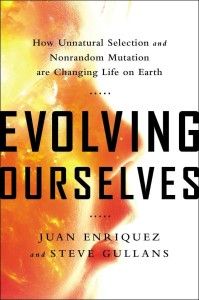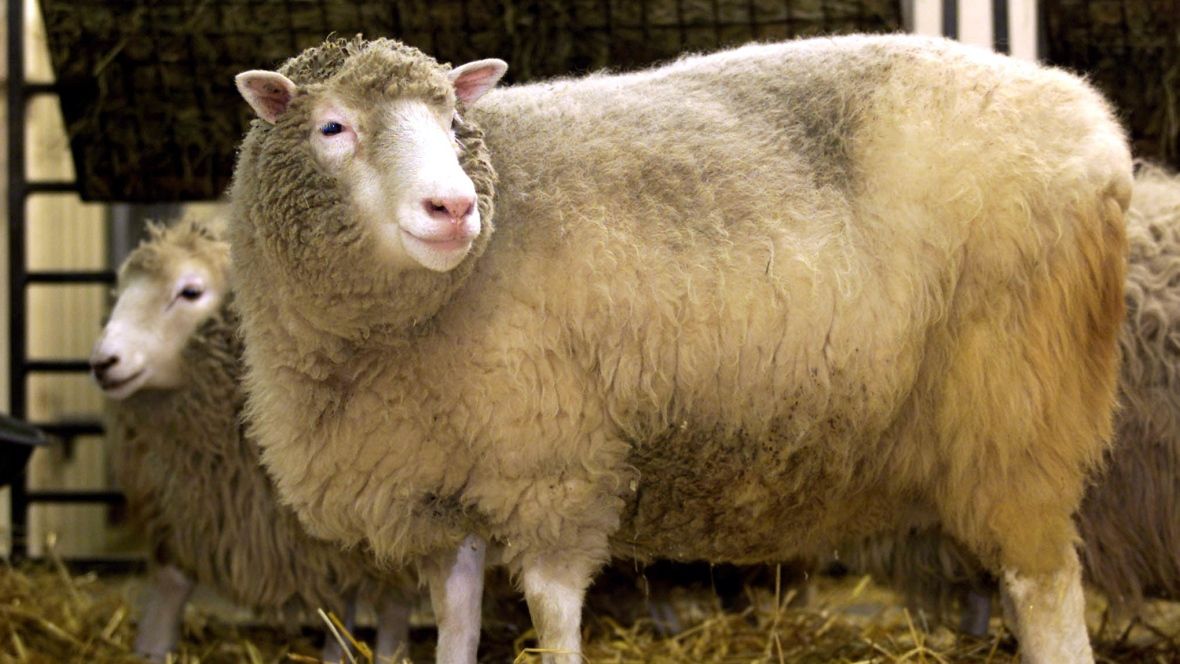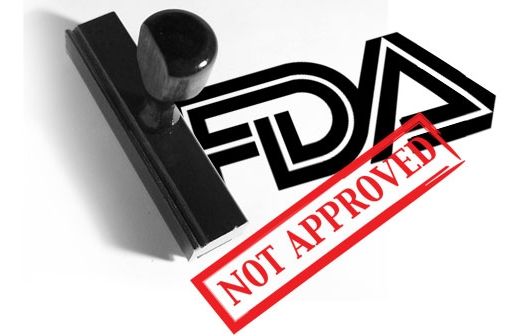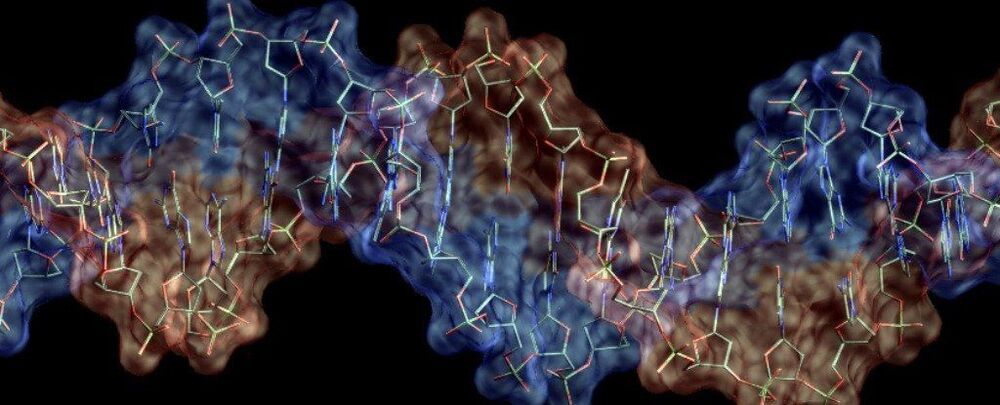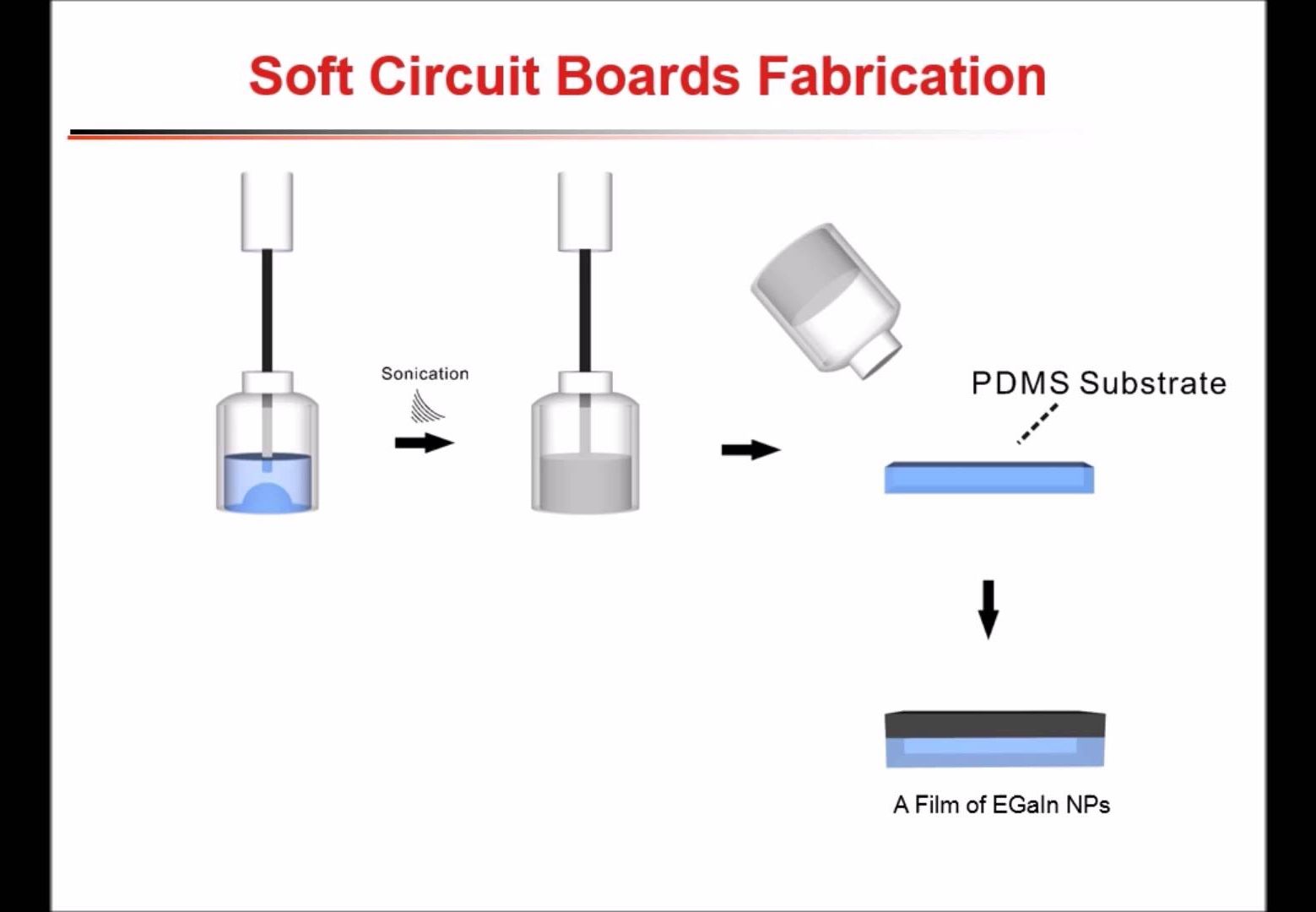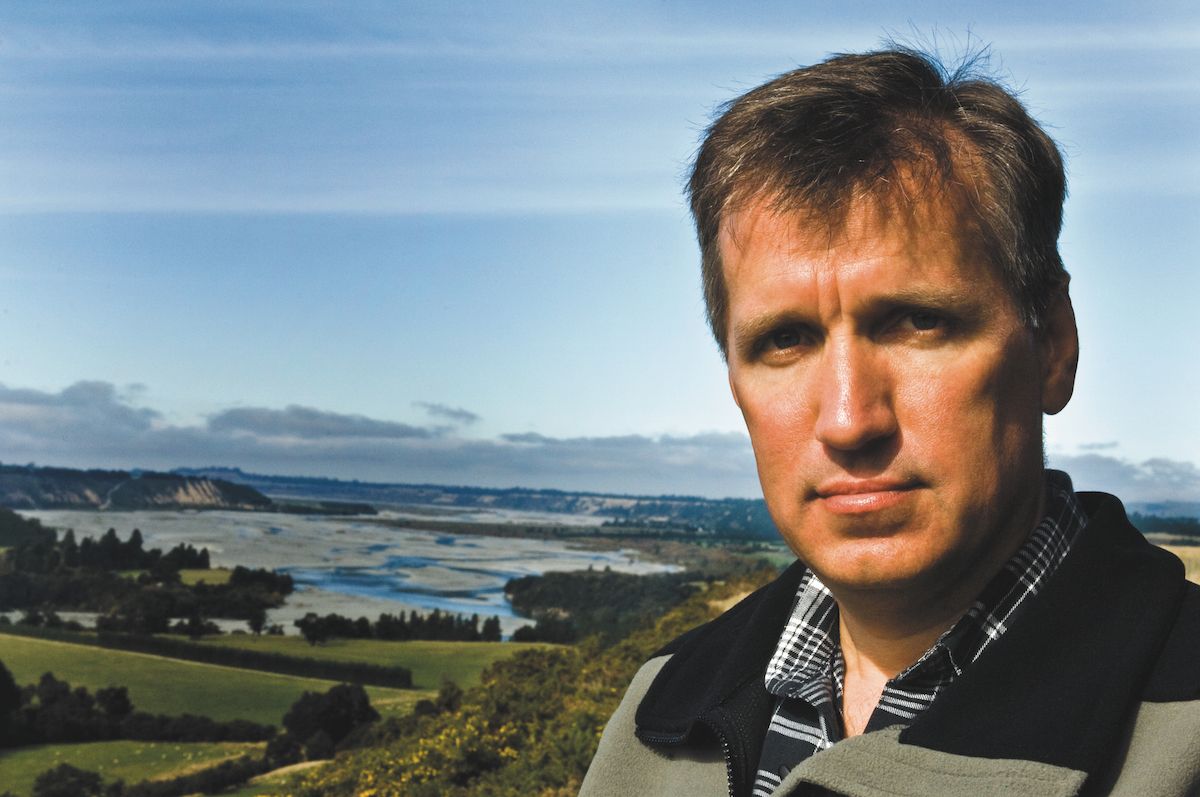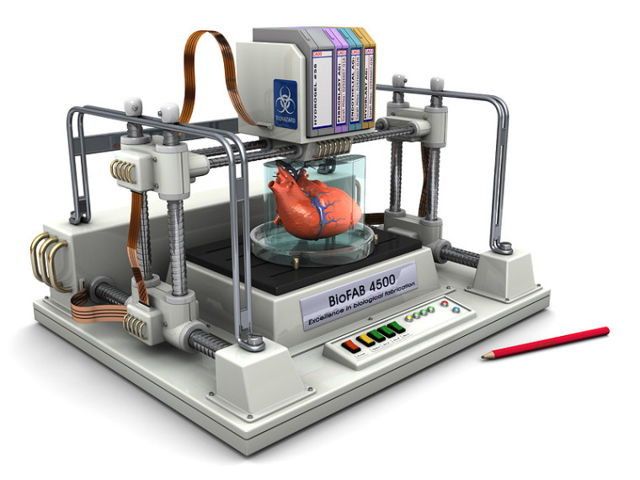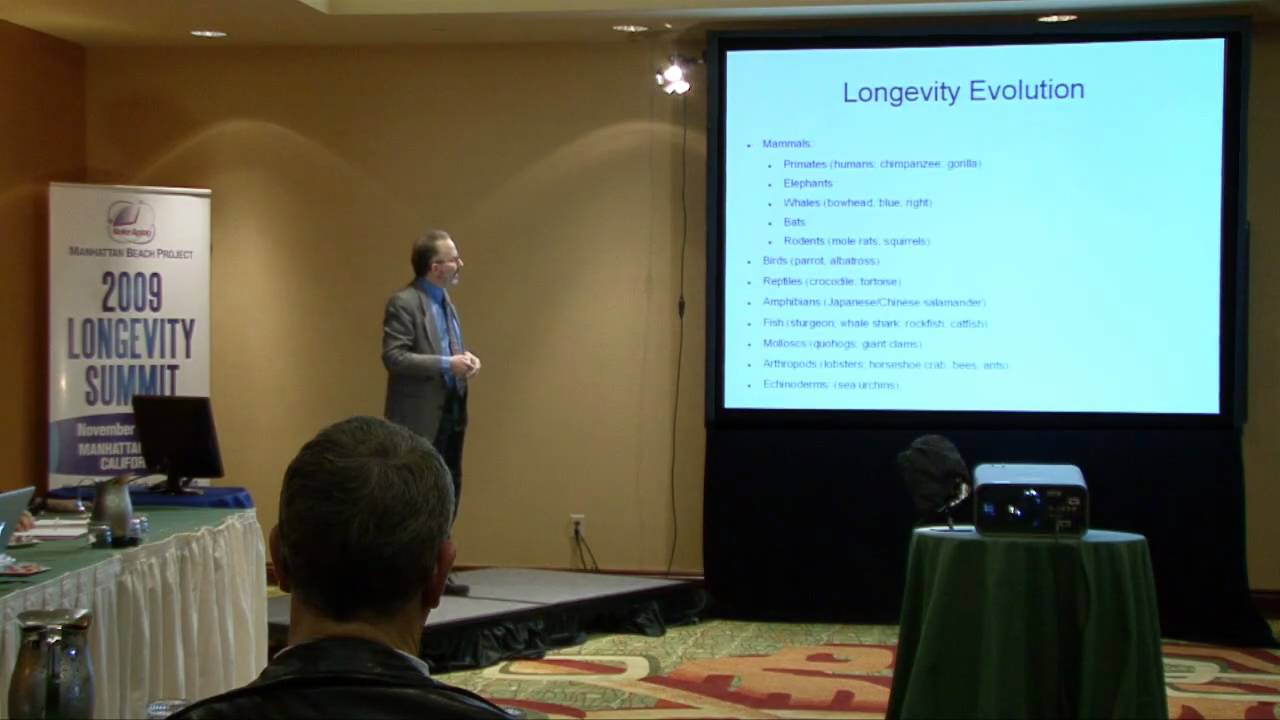Dec 29, 2015
DNA nanobots will target cancer cells in the first human trial using a terminally ill patient
Posted by Matthew White in categories: biotech/medical, health, nanotechnology, robotics/AI
https://spanish.lifeboat.com/blog.images/dna-nanobots-will-t...tient.jpg">
BY: DANIEL KORN
The very mention of “nanobots” can bring up a certain future paranoia in people—undetectable robots under my skin? Thanks, but no thanks. Professor Ido Bachelet of Israel’s Bar-Ilan University confirms that while tiny robots being injected into a human body to fight disease might sound like science fiction, it is in fact very real.
Cancer treatment as we know it is problematic because it targets a large area. Chemo and radiation therapies are like setting off a bomb—they destroy cancerous cells, but in the process also damage the healthy ones surrounding it. This is why these therapies are sometimes as harmful as the cancer itself. Thus, the dilemma with curing cancer is not in finding treatments that can wipe out the cancerous cells, but ones that can do so without creating a bevy of additional medical issues. As Bachelet himself notes in a TEDMED talk: “searching for a safer cancer drug is basically like searching for a gun that kills only bad people.”
